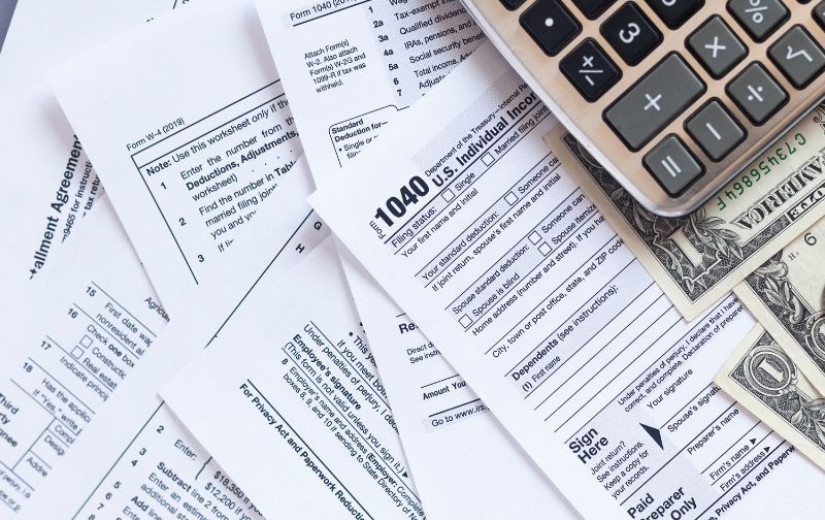Support CleanTechnica's work through a Substack subscription or on Stripe.
Like zombies rising from the grave to devour the living, old coal power plants have begun to shake off the dust, adding to the burden of skyrocketing electricity costs. Not to worry. They won’t last long. The so-called national “energy emergency” that promised new life to the nation’s fleet of aging coal power plants is already evaporating under the weight of new sodium-ion batteries and other economical energy storage systems that take full advantage of the nation’s abundant, economical supply of wind and solar energy.
The Sodium-Ion Energy Storage Solution
By now, everyone knows that wind and solar — especially solar — are the fastest, most accessible, and most economical domestic energy resources available in the US today, with energy storage systems adding to the mix.
That explains why renewable energy has been the overwhelming choice for new capacity additions in recent years. The numbers don’t lie. In the first half of this year, for example, renewable energy resources accounted for 93% of new capacity additions to the US grid, for a total of 30.2 gigawatts, with solar and energy storage projects accounting for 83%.
All else being equal, wind and solar capacity additions will accelerate as energy storage systems drop in cost. The first half of that equation depends on which way the winds of federal energy policy blow, but the second half is a matter of innovation and investor engagement, and that is where a fresh burst of cleantech activity has already materialized.
In recent years, researchers have been focusing on sodium-ion technology as a more economical alternative compared to the familiar lithium-ion formula for battery energy storage systems (see more sodium-ion battery background here). Advocates for a sodium-ion future suffered a setback earlier this year when the high-profile US startup Natron shut down operations at its North Carolina factory and Michigan headquarters. However, other sodium-ion innovators have already picked up the torch.
The Peak Energy Sodium-Ion Solution
Among the torch bearers is the US energy storage firm Peak Energy. The startup launched only two years ago but it came into the sodium-ion scene with a head start in experience among senior executives, including from Tesla and Apple as well as the leading global energy storage firm Powin.
Peak Energy surfaced on the CleanTechnica radar when it burst out of stealth mode in October of 2023 with a business model based on vertical integration and a cost-cutting passive cooling system, and they hit the ground running. In July of 2024, Peak nailed down $55 million in Series A funding, spearheaded by the Xora Innovation branch of Temasek along with existing investor Eclipse and strategic partner TDK Ventures. Newcomers Lachy Groom, Tishman Speyer, TechEnergy Ventures, Doral Energy-Tech Ventures, and DETV-Scania Invest also supported the Series A round.
“Peak Energy claims that its sodium-ion battery technology can offer advantages in cost, supply chain security, scale, and safety over lithium-ion, the industry’s current default battery storage choice. The funding is also expected to lay the groundwork for a domestic, giga-scale sodium-ion battery factory slated to open in 2027,” Mercom Capital reported last year.
Sodium-Ion Energy Storage Is Coming For Your Coal Power Plants
One advantage of sodium-ion technology over other formulas is its scalability, and Peak already aims to put that to the test. Earlier this year, the company launched its grid-scale sodium-ion system into the market, and last week it announced plans to build the largest sodium-ion BESS in the world, in partnership with the up-and-coming independent power producer Jupiter Power.
The initial agreement calls for a 720-megawatt sodium-ion system to be delivered to Jupiter in 2027. With Jupiter holding an option for another 4,000 megawatts between 2028 and 2030, Peak estimates that the total value of the contract could top $500 million.
As for what sparked Jupiter’s interest in a new energy storage platform when the old one is working so well, that’s a good question. There is always room for improvement. In addition to its existing portfolio, Jupiter has a 12,000-megawatt pipeline brewing in the US, and Peak Energy promises to deliver more bang for the buck.
“Peak’s sodium-ion batteries promise less degradation over their lifetime and reduced operations and maintenance costs compared to lithium-ion systems on the market today,” Peak explains, putting the 20-year improvement at 30% compared to other systems.
“Lower system degradation can also reduce augmentation requirements, meaning operators will not have to add additional battery units or components over a project’s lifetime in order to maintain storage capacity over the project’s lifespan,” Peak adds.
Peak also draws attention to its passive cooling system, which enables it to bypass fabrication, maintenance, and repair costs typical of lithium-ion systems while reducing auxiliary power costs by 97%.
Zombie Coal Power Plants Rise From The Dead To Attack The Living
Against the backdrop of falling costs for wind, solar, and utility-scale energy storage systems, it’s difficult to see how any coal power plant in the US can survive much longer. The coal industry was already bending under the weight of low-cost natural gas in the early 2000’s, and now renewables and energy storage have added to the pressure.
In addition, coal power does not necessarily meet the oversimplified, under-defined “reliability” standard set forth by US President Donald Trump’s own American Energy Dominance policy. The 932-megawatt Sandy Creek coal power plant in Texas, for example, suffered a catastrophic failure in April and restoration is not expected until March of 2027.
The pace of coal retirements, though, is complicated by existing grid conditions and rising electricity demand, among other factors. In February, the Federal Energy Regulatory Commission (FERC) reported that the US grid would drop 8.1 gigawatts of coal power this year in scheduled retirements, including some of the nation’s largest: Intermountain Power in Utah (1.8 gigawatts), JH Campbell in Michigan (1.33 GW), and Brandon Shores in Maryland (1.27 GW). However, by February, the wheels were already in motion to push the Brandon Shores closure back to 2029. The new date was reached under an agreement between the plant operator Talen Energy, the Maryland Public Service Commission, local ratepayers and utilities, and the Sierra Club, among other stakeholders, pending a major upgrade to the regional transmission system.
In addition, coal retirements are not necessarily replaced by renewables. The Intermountain capacity, for example, will be replaced in part by a new gas power plant.
In May, US Energy Secretary Chris Wright also shook things up when he summarily ordered the JH Campbell facility to keep running 90 days past its scheduled retirement date of May 31, an order later extended to November despite the extra costs.
The JH Campbell order is just one piece of the coal puzzle. Last spring, the Energy Department announced that coal projects will share in a new federal low-cost loan pot of $200 billion, and in October, Energy Secretary Wright announced a new round of $625 million in funding specifically aimed at coal, including $375 million set aside to recommission and retrofit old power plants.
Coal industry stakeholders have begun to respond to the new incentives, but one thing is for sure. The sun will rise and the wind will blow long after the current occupant of the White House leaves office as scheduled on January 20, 2029 — peacefully one hopes, this time. When he does, a new generation of reliable, economical energy storage systems will be ready to restore the momentum to the renewable energy transition in the US.
Image: Sodium-ion batteries are among the new energy storage systems opening up access to abundant, economical wind and solar resources in the US (cropped, courtesy of Pacific Northwest National Laboratory).
Sign up for CleanTechnica's Weekly Substack for Zach and Scott's in-depth analyses and high level summaries, sign up for our daily newsletter, and follow us on Google News!
Have a tip for CleanTechnica? Want to advertise? Want to suggest a guest for our CleanTech Talk podcast? Contact us here.
Sign up for our daily newsletter for 15 new cleantech stories a day. Or sign up for our weekly one on top stories of the week if daily is too frequent.
CleanTechnica uses affiliate links. See our policy here.
CleanTechnica's Comment Policy









